What is the Dragonfly Pose?
Known as Maksikanagasana in Sanskrit, the Dragonfly pose is a challenging arm balance in yoga that combines strength, flexibility, and balance. This pose requires deep twisting and hip opening, engaging the core, shoulders, and wrists. To enter the pose, start in a seated position with one leg crossed over the other, twist the torso deeply to the side, and plant the hands on the ground. Then, lift the hips and extend the legs out to the side, balancing the body's weight on the hands. The Dragonfly Pose enhances concentration and focus while building upper body strength and improving flexibility in the hips and spine.
Position type: Arm strength and balance
Posture type: Balancing
Ideal for: Strength
Targets: Arms, shoulders, hips
Pose level: Advanced
How to prepare for the Dragonfly Pose?
- Hip Opening: Deep hip flexibility is crucial for achieving Dragonfly Pose. Practice hip-opening poses such as Pigeon Pose, Frog Pose, and Garland Pose to increase flexibility in the hips and groin area.
- Twisting Poses: Since Dragonfly Pose involves a twist, incorporate twisting postures like Revolved Chair Pose (Parivrtta Utkatasana), Revolved Triangle Pose (Parivrtta Trikonasana), and Revolved Low Lunge (Parivrtta Anjaneyasana) into your routine to prepare the spine for the twist.
- Arm and Shoulder Strength: Develop upper body strength needed for arm balances. Practice poses like Plank Pose, Dolphin Pose, and Chaturanga Dandasana (Four-Limbed Staff Pose) to build arm, shoulder, and core strength. Incorporate exercises like push-ups and variations of the high and low plank to further strengthen these areas.
- Balance and Coordination: Enhance your balance through standing poses like Tree Pose (Vrksasana), Eagle Pose (Garudasana), and Warrior III (Virabhadrasana III). These poses improve proprioception and stability, which are beneficial for mastering arm balances.
How to do the Dragonfly Pose?
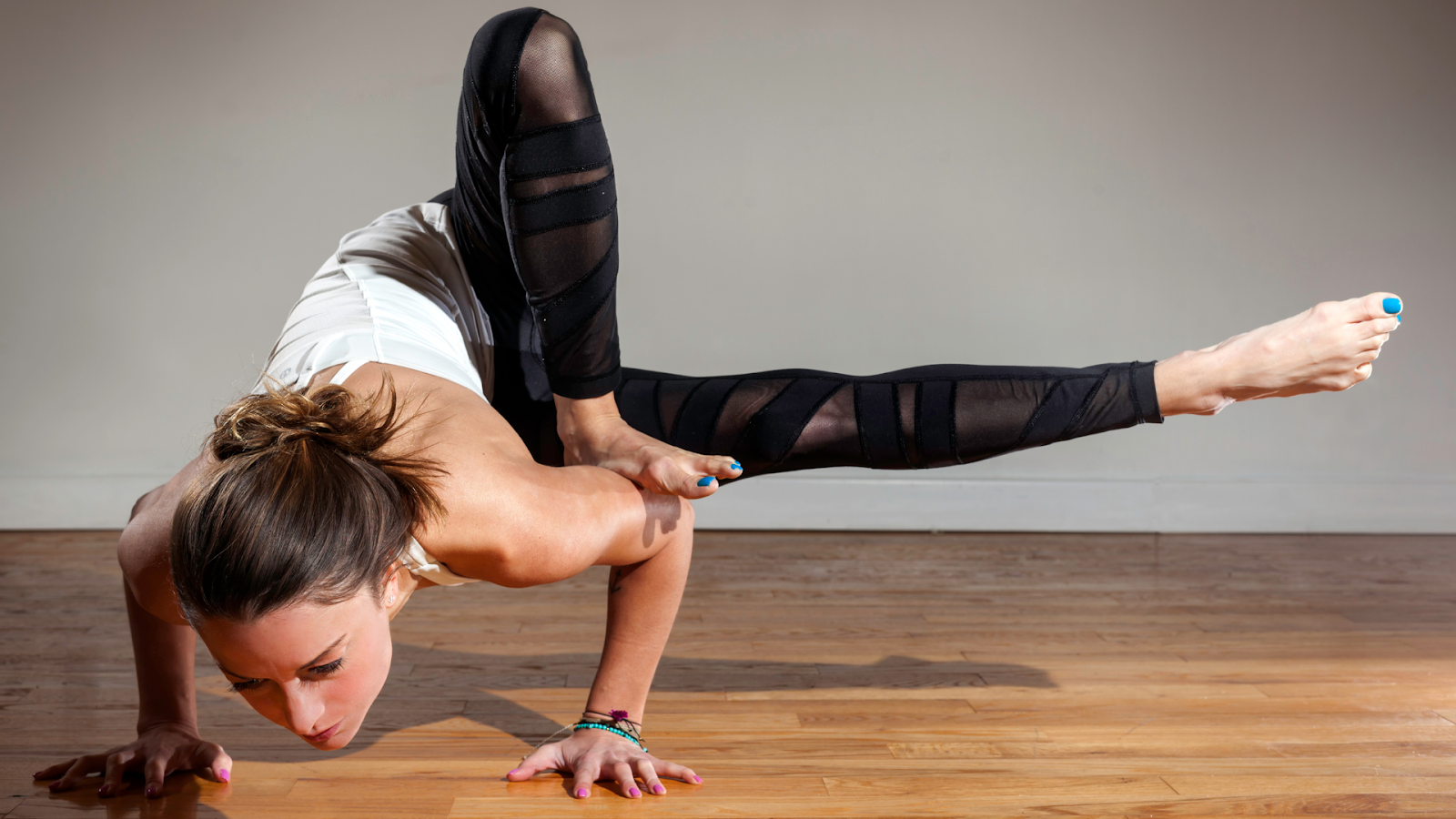
Getting into the posture:
- Begin in a seated position on your mat with your legs extended in front of you.
- Bend your right knee and bring the foot close to your right hip, keeping the left leg extended and active on the mat.
- Place your hands on the mat beside your hips and begin to twist your torso towards the bent knee (in this case, towards the right).
- Reach your right arm underneath your right leg, threading it through the space between your leg and torso.
- As you continue to twist, hook your right foot around your upper left arm (around the triceps area), aiming to eventually hook the foot over the shoulder.
- Shift your weight forward onto your hands and begin to extend the left leg out to the side. This action will help counterbalance your weight and lift your hips off the mat.
- As you gain balance, straighten your left arm and lift your chest, maintaining engagement in the core and the lifted leg.
- Hold the pose for several breaths, maintaining a steady gaze and breathing deeply.
Getting out of the posture:
- To release, gently lower back to the mat and repeat on the other side.
Key Alignments for Dragonfly Pose
- Root down through your sit bones and engage the core to protect the lower back.
- Maintain a tall spine and gently hinge at the hips, leading with the chest to fold forward. Keep the knees soft to prevent hyperextension and focus on lengthening the spine with each breath.
- Grounding through the fingertips or palms helps support balance and deepen the stretch, allowing for a more comfortable and aligned experience in this expansive posture.
What are the benefits of Dragonfly pose?
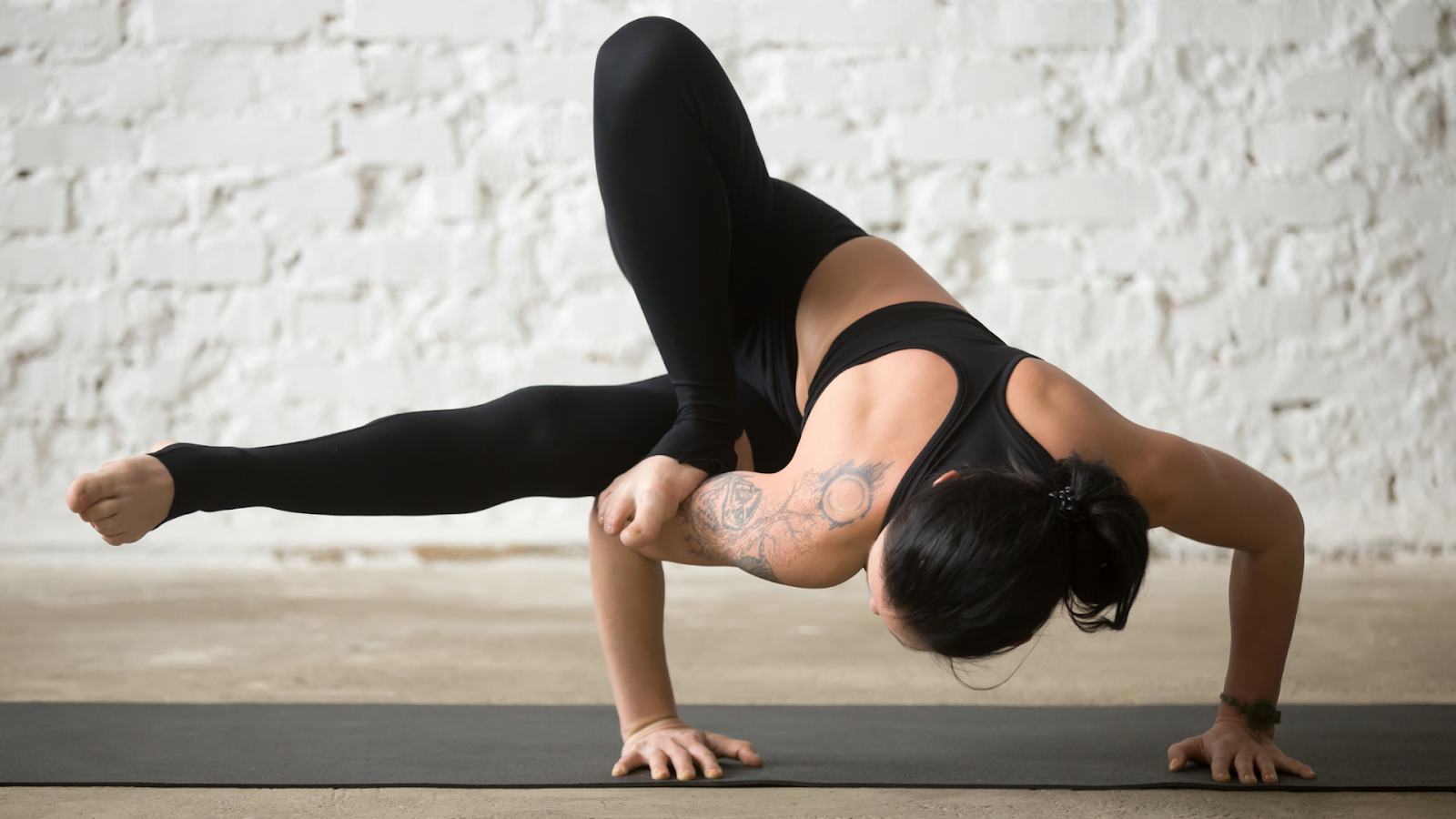
This challenging arm balance strengthens the arms, shoulders, and core muscles significantly. It also enhances flexibility in the hips, groin, and spine, as the pose involves deep twisting and hip opening. Practicing Dragonfly Pose improves balance and coordination, requiring focus and mindfulness to maintain the posture. Beyond physical benefits, it stimulates digestion and can relieve stress by calming the mind through concentration. Regular practice of Dragonfly Pose helps build confidence, resilience, and a deeper connection between mind and body, making it a rewarding addition to any yoga practice.
What are the contraindications of Dragonfly pose?Dragonfly pose is not recommended for individuals with hip or groin injuries due to the deep hip flexibility required. Those with hamstring issues may strain their muscles when extending their legs outward. People with lower back problems should approach with caution, as the forward fold and leg extension can exacerbate discomfort. Additionally, individuals with high blood pressure may find the inversion aspect unsuitable. Wrist or shoulder injuries can be aggravated as weight is supported on the hands and arms. Beginners should be careful to practice only under the guidance of a qualified instructor to safely build the strength and flexibility necessary for this advanced pose.
What are the counterposes of Dragonfly pose? Practice Child’s Pose or the Staff Pose for a few minutes after doing Dragonfly pose. Relax in these postures by taking a few deep breaths.
Variations of Dragonfly pose:
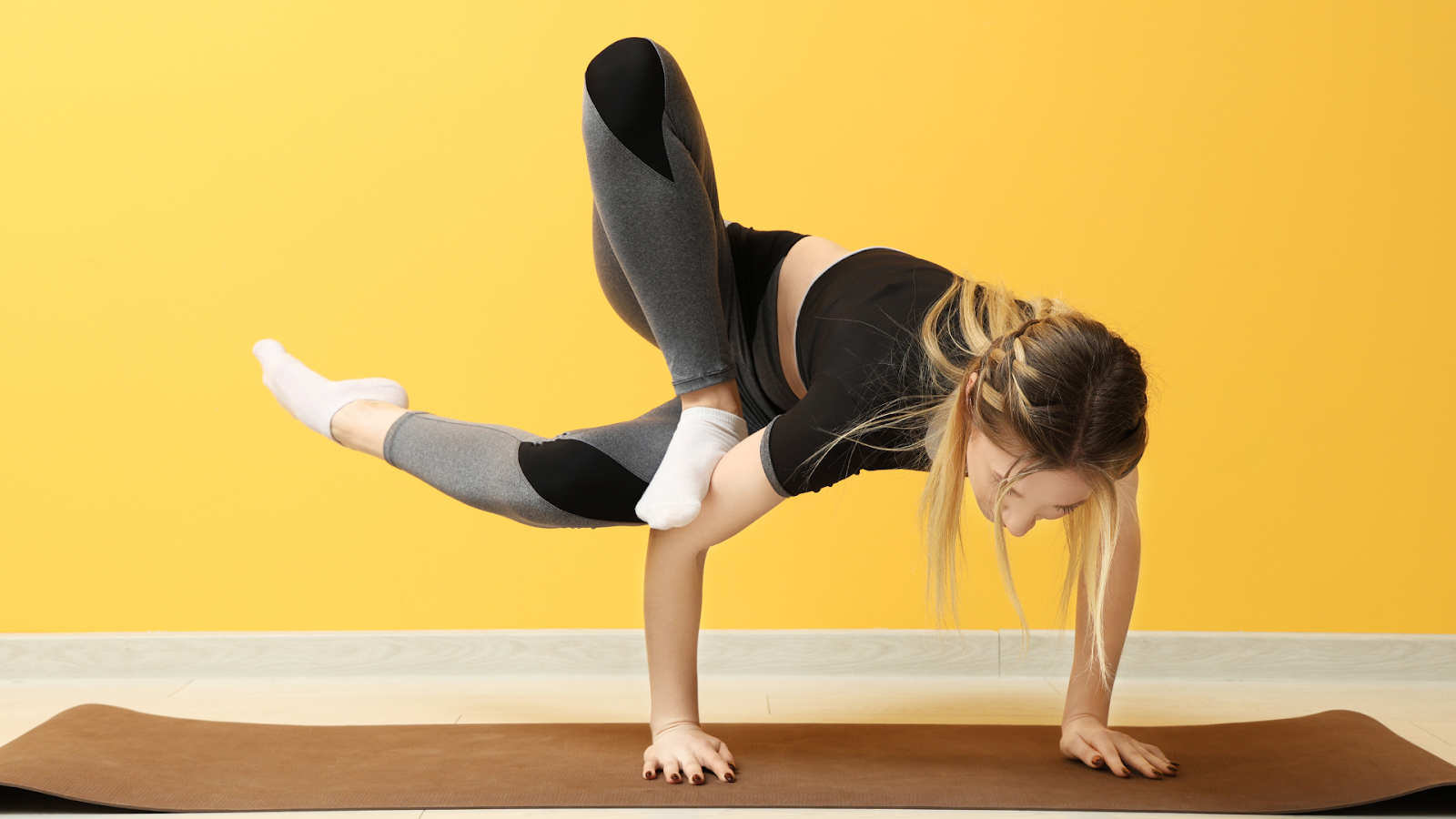
Easy variation: Practice the asanas by keeping the extended leg supported on a yoga brick or a wall or the floor. This will help understand the support and balance required in the pose. As strength increases, you can balance on the arms.
Advanced variation: Deepen the twist and try to go lower by pushing your palms further into the mat. This will intensify the pose and will require greater strength and balance.
Advice for Beginners: For beginners attempting the pose, start by focusing on building foundational strength and flexibility. Prioritize warming up with hip-opening stretches like Pigeon Pose and gentle twists to prepare for the deep hip flexibility and spinal twist required. Begin with the easier variation, bending one leg and gradually working towards extending both legs as strength and balance improve. Practice near a wall or with a block under the extended foot for added support. Shvasa tips:
- Always warm up thoroughly before attempting Dragonfly Pose. Begin with gentle stretches and Sun Salutations (Surya Namaskar) to prepare the body for the deeper work involved in this challenging pose.
- Approach the pose with patience, listening to your body's limits.
- Practice under the guidance of an experienced teacher to ensure safety.
Learn how to practice Dragonfly Pose as well as preparatory poses that work towards improving arm, shoulder and core strength LIVE on Shvasa.
Meta Description: Learn how to practice Dragonfly pose with steps, benefits, contraindications and modifications.
Summary: The Dragonfly pose is a challenging arm balance in yoga that combines strength, flexibility, and balance. This pose requires deep twisting and hip opening, engaging the core, shoulders, and wrists. Learn how to practice LIVE on Shvasa.
FAQs:
- What is the Dragonfly Pose?
Known as Maksikanagasana in Sanskrit, the Dragonfly pose is a challenging arm balance in yoga that combines strength, flexibility, and balance. This pose requires deep twisting and hip opening, engaging the core, shoulders, and wrists. To enter the pose, start in a seated position with one leg crossed over the other, twist the torso deeply to the side, and plant the hands on the ground. Then, lift the hips and extend the legs out to the side, balancing the body's weight on the hands. The Dragonfly Pose enhances concentration and focus while building upper body strength and improving flexibility in the hips and spine.
- How to do the Dragonfly Pose?
- Begin in a seated position on your mat with your legs extended in front of you.
- Bend your right knee and bring the foot close to your right hip, keeping the left leg extended and active on the mat.
- Place your hands on the mat beside your hips and begin to twist your torso towards the bent knee (in this case, towards the right).
- Reach your right arm underneath your right leg, threading it through the space between your leg and torso.
- As you continue to twist, hook your right foot around your upper left arm (around the triceps area), aiming to eventually hook the foot over the shoulder.
- Shift your weight forward onto your hands and begin to extend the left leg out to the side. This action will help counterbalance your weight and lift your hips off the mat.
- As you gain balance, straighten your left arm and lift your chest, maintaining engagement in the core and the lifted leg.
- Hold the pose for several breaths, maintaining a steady gaze and breathing deeply.
- To release, gently lower back to the mat and repeat on the other side.
- What are the benefits of Dragonfly pose?
This challenging arm balance strengthens the arms, shoulders, and core muscles significantly. It also enhances flexibility in the hips, groin, and spine, as the pose involves deep twisting and hip opening. Practicing Dragonfly Pose improves balance and coordination, requiring focus and mindfulness to maintain the posture. Beyond physical benefits, it stimulates digestion and can relieve stress by calming the mind through concentration. Regular practice of Dragonfly Pose helps build confidence, resilience, and a deeper connection between mind and body, making it a rewarding addition to any yoga practice.
- What are the contraindications of Dragonfly pose?
Dragonfly pose is not recommended for individuals with hip or groin injuries due to the deep hip flexibility required. Those with hamstring issues may strain their muscles when extending their legs outward. People with lower back problems should approach with caution, as the forward fold and leg extension can exacerbate discomfort. Additionally, individuals with high blood pressure may find the inversion aspect unsuitable. Wrist or shoulder injuries can be aggravated as weight is supported on the hands and arms. Beginners should be careful to practice only under the guidance of a qualified instructor to safely build the strength and flexibility necessary for this advanced pose.















.jpg)
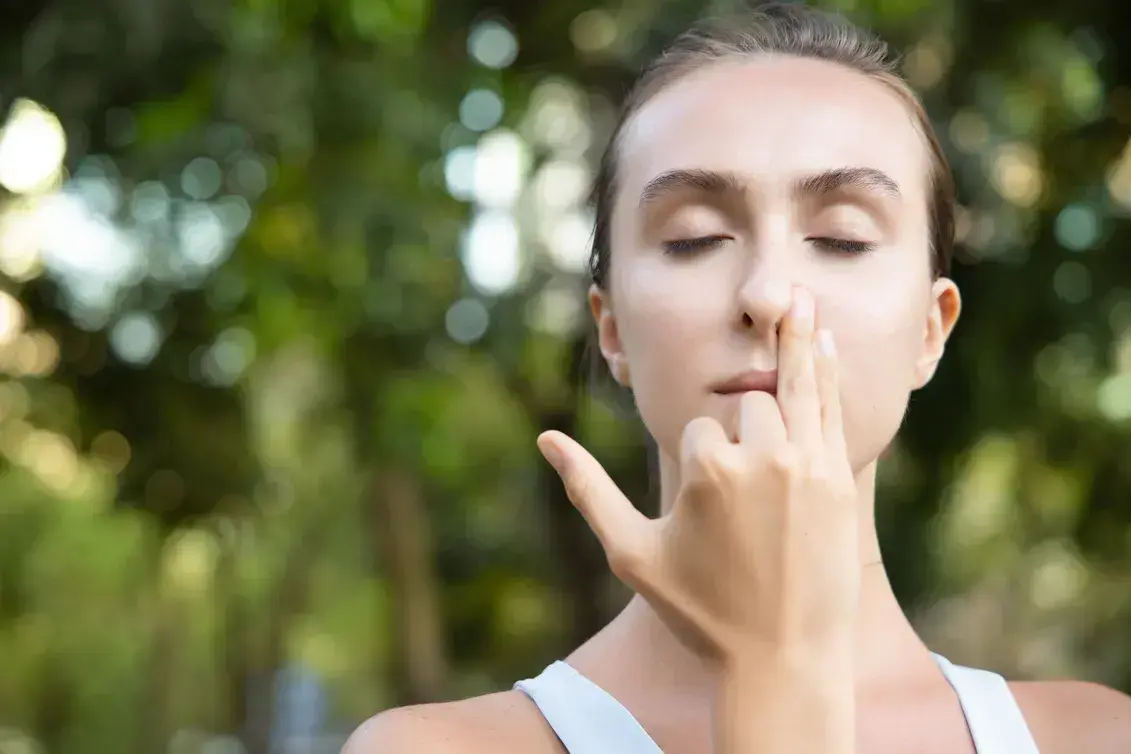
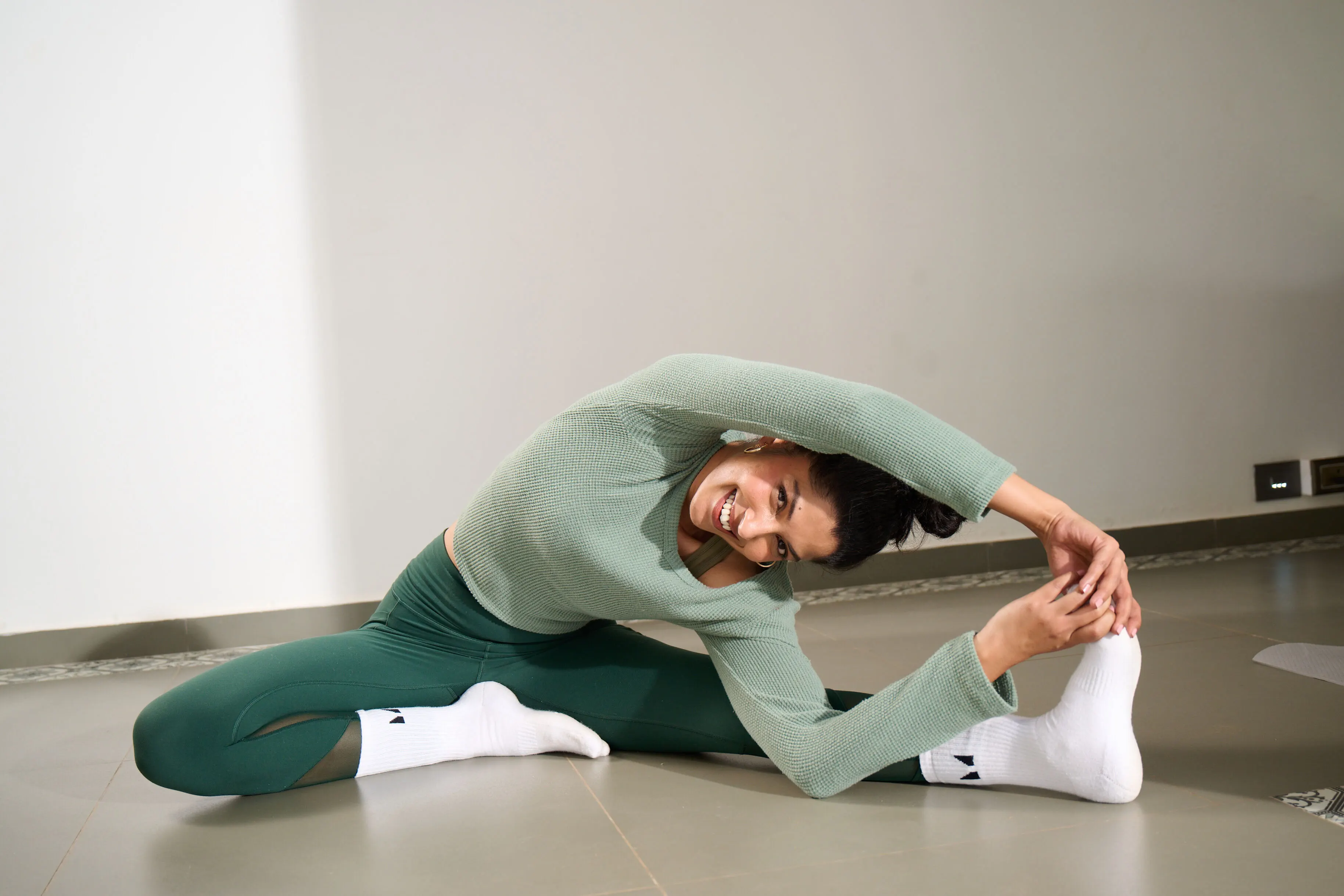










%201.png)

%201.svg)






%201.svg)